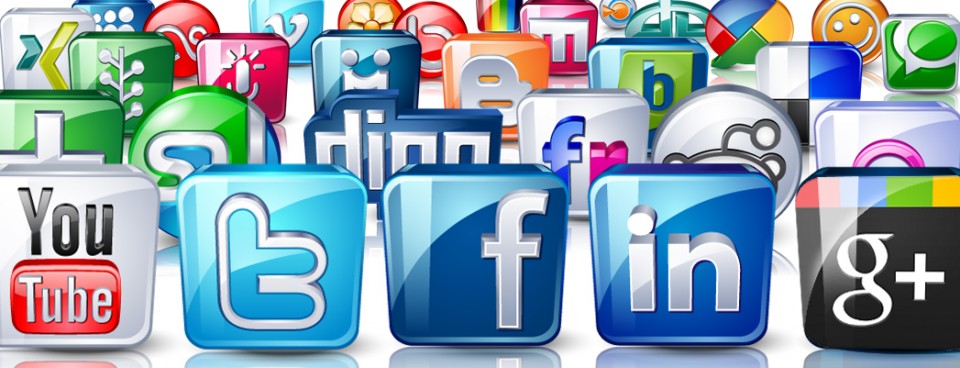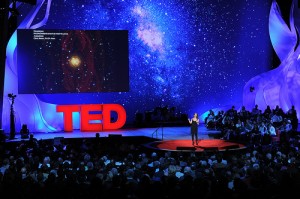
In a recent discussion about opportunities to engage a lackadaisical customer base, a client asked, “What are the kids using these days?” Regarding social media, it’s something we hear often.
Sometimes the question is “what’s the next Facebook,” or, “are people still getting information from (insert name of platform),” but at the heart of the query is an understanding that social media is powerful and the landscape is ever-changing. It’s not 2007; businesses have caught on and understand that information isn’t consumed as it traditionally was. Chat up your friends around the water cooler and it’s likely that they’ll cite an article, meme or trend that they discovered through a “new media” channel (social networks, blogs, vlogs, etc.).
So, the question remains: what’s the next big social media platform?
To understand the next standout social media platform is to first understand basic principles of how people communicate. Second, it’s to understand the latest ways the Internet is being used.
Humans are thoughtful, emotional and social creatures. We express thoughts and feelings through speaking, touching and body gestures. When we do this with other humans, we call it socializing. While socializing, we anticipate cues to help us gauge impact, interest and agreement that will influence how/ what we communicate going forward. We prefer to socialize with others who have similar view points, or at least similar approaches to communication, although diversity keeps things interesting. We communicate to achieve outcomes, express ourselves or even just pass the time. This is human communication in a nutshell.
Figuring out how the Internet is being used is much more difficult, but to simplify, we can split the answer into two components: occupying through content and fulfilling a need. The guy who’s leaving YouTube comments that have nothing to do with the video is occupying himself by producing content. There’s no goal he’s trying to accomplish through his actions, nor is his commentary part of a larger plan. He’s commenting because it’s easy and he is entertained by others’ responses. The key here is it’s easy.
Fulfilling a need is simpler to understand. Two examples of innovative Internet applications that address needs are WebMD self-diagnoses and EBay’s new Group Gift, which allows a group of people to pitch in on a present. For businesses, it’s important to understand how customers are fulfilling their needs on the Internet. That serves as a foundation to determine what social channels to focus efforts on and what approach should guide their overall social media strategy.
In our experience, there are steadfast social media criteria to help determine what the next big social media platform will be:
- Appeal – If the platform is too niche, it won’t get mass appeal (although hyper-targeted platforms can be incredibly effective for certain brands, but that’s for another blog)
- Solving a new need – Providing a solution to something people didn’t realize was a problem
- New way of solving an old need – Solving a problem better than a previous solution
- Scalability – Ease by which new users join and connect, and degree to which connecting and growing circles improves the experience
- Simplicity – For something to catch on, it has to be easy for the general public to do because if it can’t be figured out by a quick trial, people will move on
Based on these criteria and my diligent research, I present to you the three apps most likely to be the next big thing:
- Circle – A mobile app that shows you what’s happening nearby right now and adapts to your location to provide useful information anywhere you go. Sound familiar? Ashton Kutcher is a key investor in the Palo Alto-based venture. The app has amassed a user base of 12 million spread across more than 1,700 U.S. cities. The app claims a million users join every month. Uniquely, Circle doesn’t try to make you build a new network for the app, but instead uses the contacts already in your phone. Sharing your plans with friends is incentivized by earning points which can be redeemed for real life value, such as an Amazon gift card or a weekend in Las Vegas.
- Nextt – Ever scroll your Facebook feed and think, “Who cares?” That’s because what’s shared on Facebook, and many other sites, are happenings of the past. Nextt focuses on the future and, more specifically, your circle of friends’ future. Nextt solves the main problem of online social networks, which is preventing you from interacting with friends offline. You know, like when you’re with friends at happy hour and everyone’s nose is in their phones. To solve this, Nextt gathers you and your friends in one convenient place to effortlessly organize and plan upcoming gatherings.
What’s Nextt for you? from Nextt on Vimeo.
- Highlight – This app is a location-based social network that makes local searches more social. Highlight draws data from friends and feeds you information about those around you. Whether someone is biking past your apartment or a pal just wrapped up at work, Highlight will tell you everything you could ever want to know about your friends. Sound a bit intrusive or creepy? Let’s be honest and agree the notion of privacy is much different than it was a decade ago, not to mention that it’s up to you what amount of data you allow the app to share with friends.
Platforms like Facebook and Instagram allow friends to share events of the past. Twitter and Foursquare allow communication surrounding the present. Nextt will usher in the new wave for social media: the future.
As a bonus, I came across some wacky and poorly thought out social media platforms and apps while researching this post. For your entertainment, here are the Bottom 3 newest social media apps. Enjoy!
- Yo – This app asks you to build a circle of connections so that you can merely send people a “yo” message. That’s it. Seriously. Somehow, the app secured $1 million in initial seed funding, but considering it has no revenue stream and a use that’s more novel than captivating, Yo (in its current state) is heading for the app graveyard.
- Yik Yak – An app that allows people to anonymously share messages with people in their area without actually knowing them. This article brilliantly quipped that Yik Yak “combines comment section trolls, schoolyard bullies, a person’s random thoughts and a whole lot of f*bombs” and questioned its usefulness after causing two false school evacuations in a week.
- WhatsApplebee’s – Ever find yourself in an Applebee’s (drawn in by a “two for $20” combo, no doubt) and felt the urge to chat it up with fellow patrons without having to stop chewing the gummy sirloin you ordered? WhatsApplebee’s (not officially affiliated with Applebee’s) allows you to chat with other patrons, but it only works when you’re in an Applebee’s. “That’s awesome,” said no sane person ever.











 Grant Wright
Grant Wright





 Corie Fiebiger
Corie Fiebiger
 Shae Geary
Shae Geary Roman Lukjanenko
Roman Lukjanenko Phelan Riessen
Phelan Riessen Katrina Early
Katrina Early Hamish Marshall
Hamish Marshall